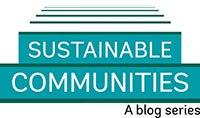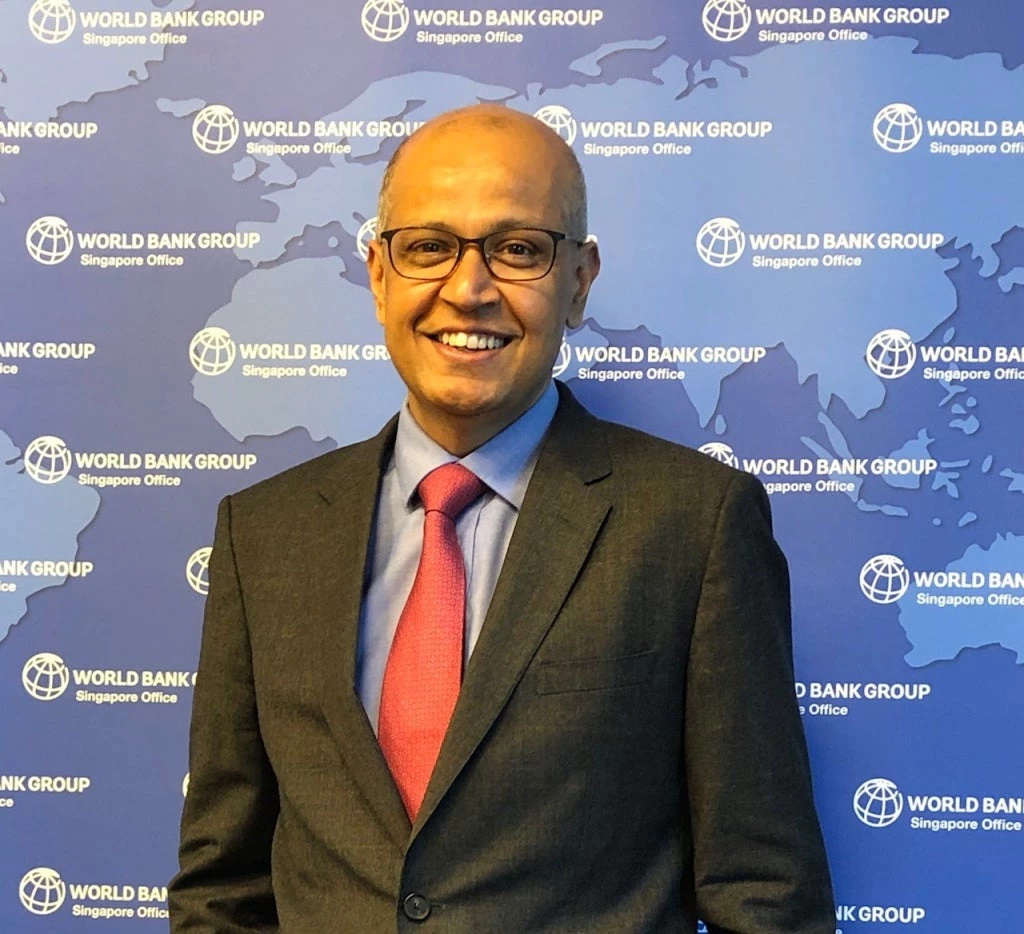In the 1960s, Singapore was struggling with limited resources, a small domestic market, and high unemployment. Living standards were low, with most residents living in crowded, unsanitary slums.
Today's picture couldn't be any more different: in the span of just a few decades, the city-state has completely reinvented itself to become a model of urban innovation, consistently topping international rankings for livability and competitiveness.
But Singapore's transformation was no happy accident. This success story is the result of an innovative and carefully executed vision that looks at all aspects of urban development in a cohesive way. Singaporean leaders and urban planners have integrated land use, housing, transport, and natural resources management into one coherent, long-term strategy so they can work in sync and reinforce each other.
In this video, Ede Ijjasz-Vasquez and Abhas Jha take a closer look at the city's urban development approach, and describe how other countries can draw on Singapore's experience to build sustainable, livable cities.
Related:
- For a Long-Term Vision, City Leaders and Urban Planners Look to Singapore
- Blog series: What can other cities learn from Singapore?
- Global Platform for Sustainable Cities
- Singapore Hub gives cities a chance to "learn from the best"
- Singapore, World Bank Group Respond to Global Demand and Establish Major Infrastructure and Urban Development Hub




Join the Conversation